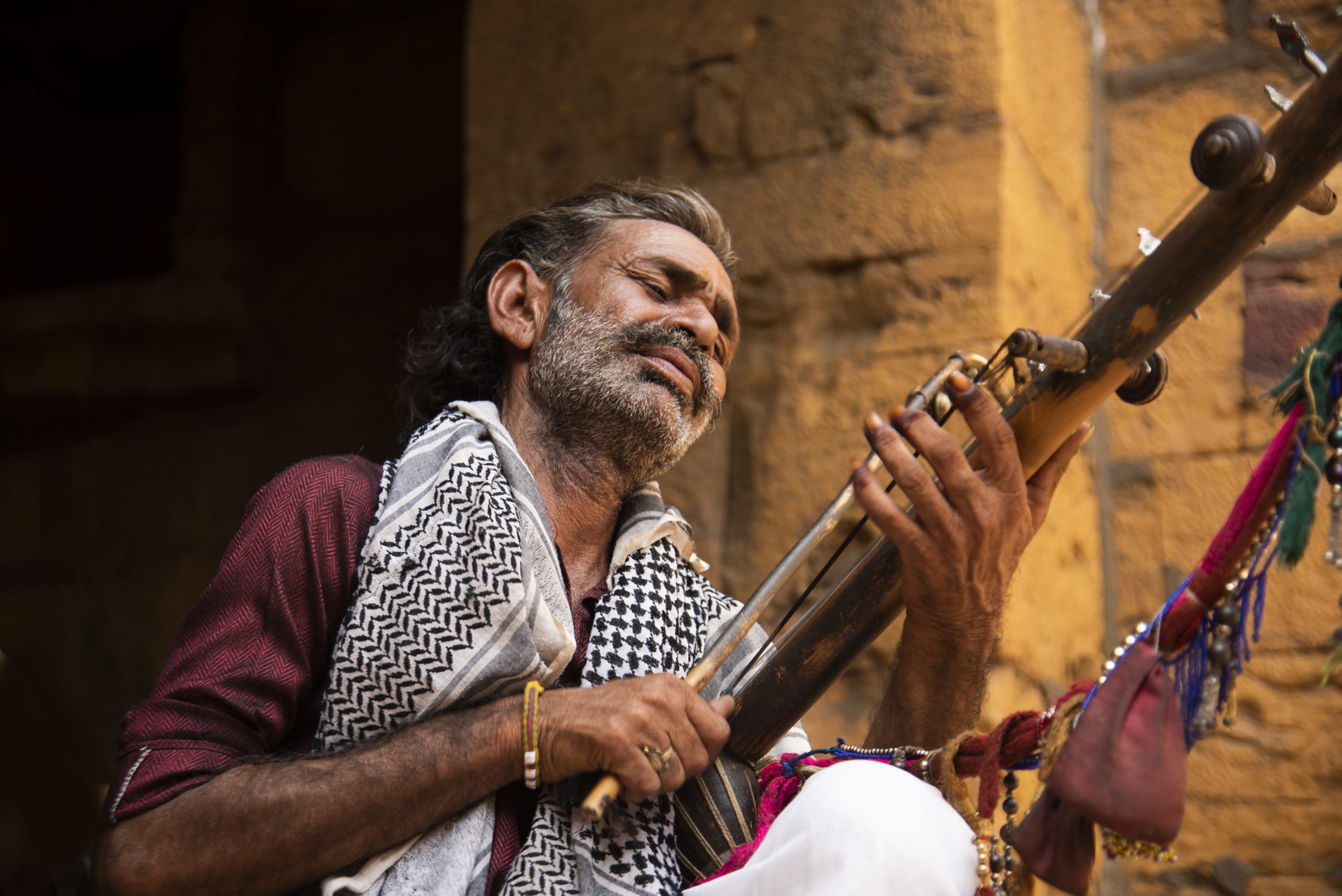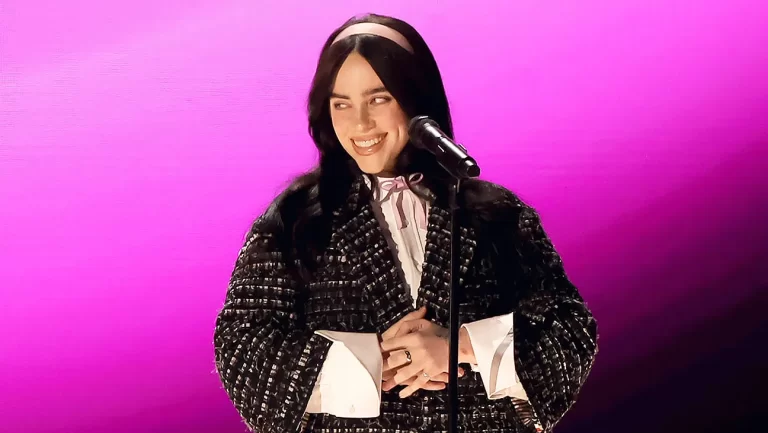Indian indie music scene – what you need to know?
The Indian indie music scene has come a long way over the years, evolving into a vibrant and diverse community that continues to push boundaries and redefine the industry. From its beginnings in Bollywood to its current state, let’s take a closer look at how the indie music scene in India has evolved.
For decades, Bollywood ruled the Indian music scene. Catchy tunes, larger-than-life dance sequences, and famous playback singers dominated the airwaves. While Bollywood music continues to be a massive force, a new wave of artists are carving their own space and creating a whole indie music scene.
So, what’s driving this shift? For starters, the digital revolution has played a pivotal role. Platforms like YouTube, Spotify, and SoundCloud have provided independent artists with a global stage to showcase their talent. This newfound accessibility has allowed artists to create and distribute music on their terms, without the need for major record labels.
In the past, the term “independent” was used to describe artists who were not signed to major record labels. However, this definition has evolved over time. Nowadays, as more people listen to music on streaming services, major record companies are all trying to find the next big indie star. They do this by either creating their own smaller labels or signing deals with up-and-coming artists. However, many of them misuse the term “independent” to describe any music that is not part of a film soundtrack. Plus, as more independent artists create music for or have their songs featured in films and web series, there is a growing overlap between the independent and mainstream music scenes.
Back in the day record labels and media outlets like newspapers, TV, radio, and music journalists held all the cards. They decided what music got heard and promoted. Well, things have changed. Today, artists have more control over their music than ever before. They can record, share, and even market their work directly to fans. But it’s not a complete free-for-all. The new gatekeepers are social media and streaming platforms. Musicians have to navigate the new algorithms, playlist editors and curators, and advertising tools if they want to reach a large audience. Even then, there’s no guarantee fans will actually discover their music.
The rise in indie music also led to an explosion of genres one that celebrates regional identities. One such genre that has seen a surge in popularity in recent years is hip-hop. Initially rooted in Western culture, hip-hop has found a home in India, with artists using the genre as a platform to express their thoughts, experiences, and struggles. What sets Indian hip-hop apart is its use of regional languages, such as Tamil and Punjabi, which resonates deeply with listeners. This regional touch adds a layer of authenticity and relatability to the music, allowing listeners to connect with the lyrics on a personal level. As a result, hip-hop artists in India have been able to carve out a niche for themselves, attracting a dedicated fan base and pushing the boundaries of the Indian music scene
The global music scene has taken notice of the rise of independent artists in India. Artists such as Prateek Kuhad have gained international acclaim, with Kuhad even earning a spot on Barack Obama’s annual list of favorite songs. Collaborations with international artists, performances at prestigious music festivals, and features in international media have all contributed to putting Indian indie music on the map.
There are now more music festivals in India than ever before especially ones that give independent artists a platform. While most of these festivals are held in cities such as Mumbai, Pune, Bangalore and Delhi there has been quite a rise in the number of festivals held in the Northeast. Post the pandemic, many new artists are getting the opportunity to perform at festivals for the first time, and this trend seems likely to continue. Festival organizers are working to make their line-ups stand out, often by featuring international headliners and showcasing domestic acts in the early slots. Local pubs, cafes, and art spaces are also becoming hotspots for indie gigs, providing a platform for emerging artists to gain experience and connect with audiences.
Indian music is no longer a one-size-fits-all industry dominated by Bollywood. It’s woven with diverse sounds, passionate artists, and a dedicated following. So, the next time you’re looking for something new to listen to, explore the world of Indian indie music. You might just discover your next favorite band or singer!






